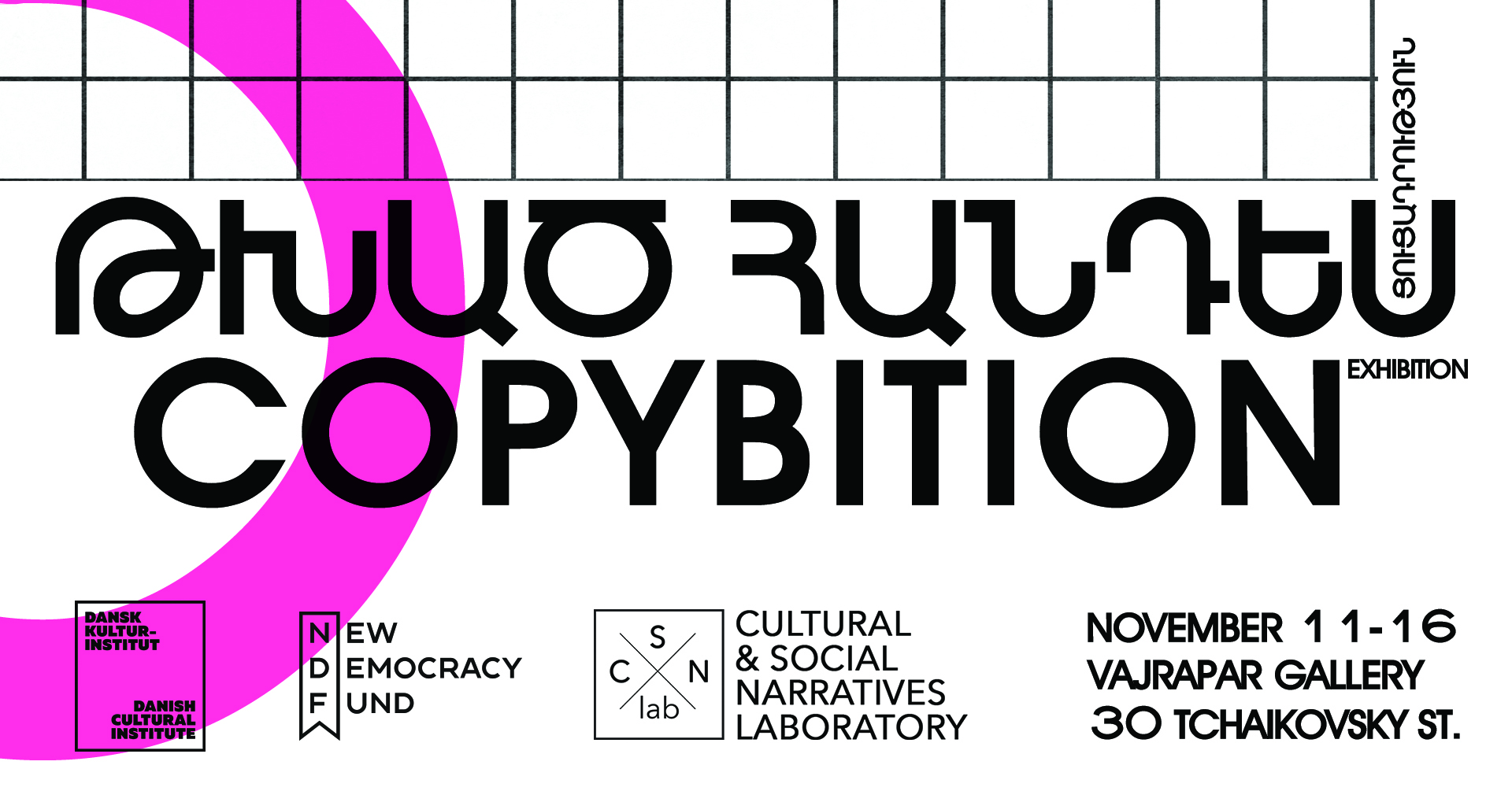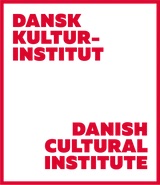In addition to the translation and publication of the "Cultural Rights manual”, on the day of the book presentation, the "Copybition" exhibition was opened in the "Vajrapar" gallery. For about a week, people in Armenia had the opportunity to get acquainted with the posters created by ten modern visual artists, who in one way or another addressed the issue of copyright. The artworks of Anna Hakopian, Armine Shahbazyan, Lena Derunts, Lilit Altunyan, lusine talalyan, Lousineh Navasartian, Harutyun Tumaghyan, Maïda Chavak, Mary Hovsepyan and Nvard Yerkanyan were presented during the exhibition. The curator of the "Copybiton" was Tigran Amiryan, the founder of the CSN Lab.

The phenomenon of authenticity/authorship and questioning the blurred boundaries of the original and the reproduction are relevant again in the spheres of art, culture and law nowadays.
These days universal humanity continues to witness how certain states pursue aggressive policies and attack other countries thus seizing not only new territories and resources but vigorously appropriating others' cultural heritage, denying the authenticity of the latter, strengthening illegal approaches, resorting to various falsifications, reintroducing the colonial language-phenomena, that have been condemned and rejected by our civilization.
In this atmosphere of endless manipulations, merciless expropriation, permissiveness, and lack of defined and respected rights, the creation of a platform for voicing cultural rights is vital to respond to the needs. wishes and demands of artistic communities and broad circles of the public. Met with copyright violations and other forms of injustice artists face a tricky dilemma: solve the problem through confrontation, which can lead to a scandal or tolerate and do nothing? The silence on the issues of appropriation of artists’ original works is the consequence of the absence of critical thinking, the underperformance and/or non-existence of institutions, which are supposed to advocate cultural rights.
The fear of exclusion from artistic groups, being criticized by the community, limited opportunities to protect one’s rights, the lack of a platform for discussions, the doubts about the right to voice "belonging", and sometimes unwillingness to consider the creative work within the framework of ownership and rights, many times force artists to remain silent and come to terms with the violation of rights, which makes them vulnerable and defenceless.
Living in a world, that is often driven by the idea that “nothing is original, everything can be reproduced” many artists are forced to doubt the authenticity and authorship of their works at some point.






